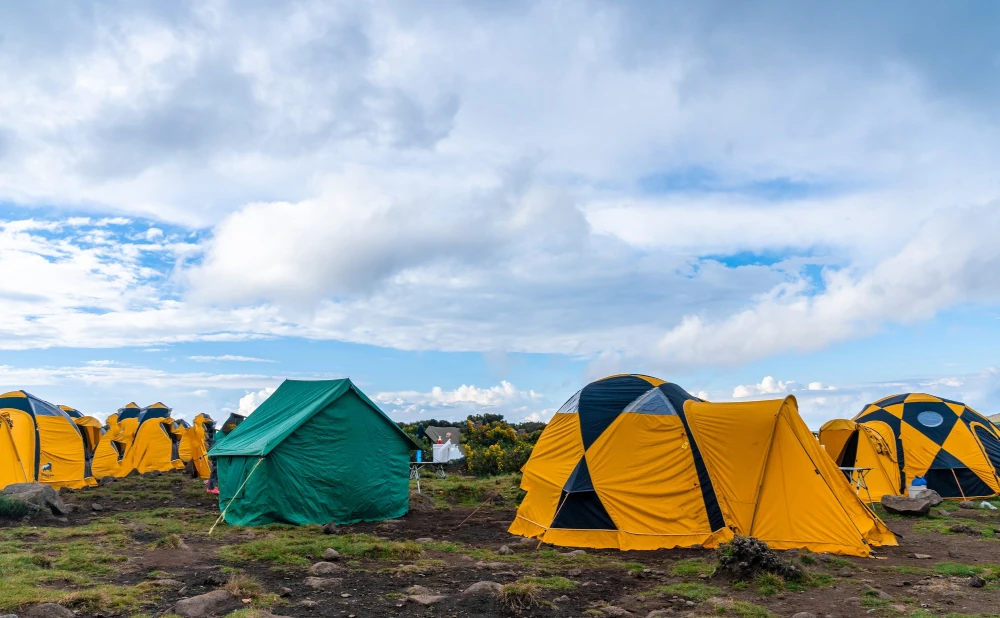
Kilimanjaro National Park is home to Africa's highest peak, Mount Kilimanjaro, standing majestically at 5,895 meters above sea level. The park encompasses diverse ecosystems, from lowland rainforests to alpine meadows and glaciers.
Designated as a national park in 1973, Kilimanjaro National Park was later declared a UNESCO World Heritage Site in 1987, recognizing its outstanding natural beauty and ecological significance.
Wildlife: While Kilimanjaro is primarily known for its iconic summit, the park is also home to a variety of wildlife, including elephants, buffaloes, leopards, and various species of primates. The lower slopes harbor lush montane forests teeming with birdlife and other endemic species.
Ecology: Kilimanjaro's unique ecological zones include montane forests, moorlands, and the alpine desert zone, each supporting distinct flora and fauna. The park's glaciers and snow-capped peaks are vital water sources for surrounding ecosystems and local communities.